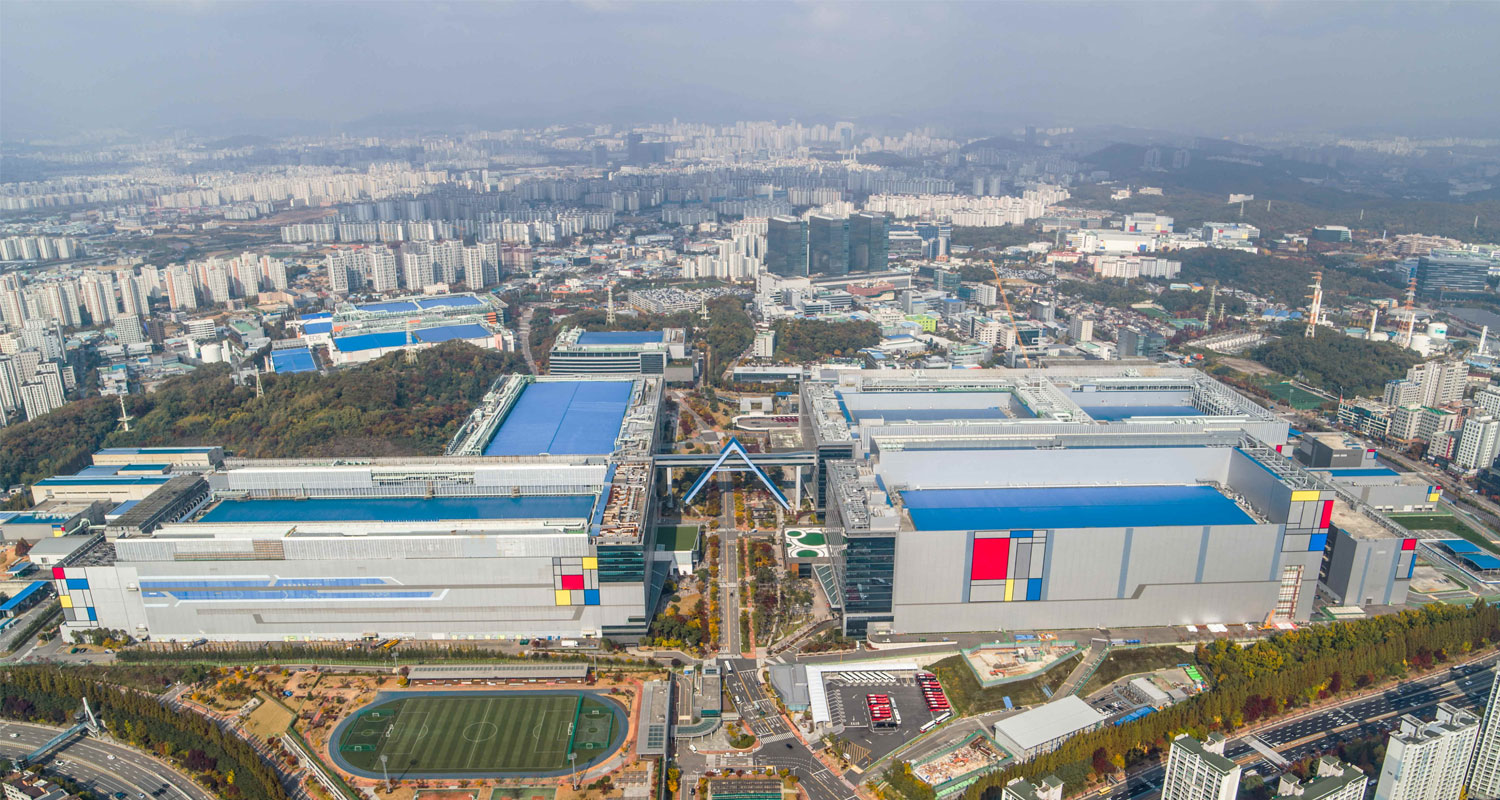
South Korea unveiled plans by leading firms such as Samsung Electronics and SK Hynix to spend more than US$470-billion (R8.8-trillion) — more than South Africa’s gross domestic product — establishing the world’s largest chip-making cluster, joining a global race to safeguard domestic supply.
The government on Monday outlined a blueprint involving investment of ₩622-trillion from the private sector in the years leading up to 2047. They will spend the money to build 13 new chip plants and three research facilities, on top of an existing 21 fabs. Spanning Pyeongtaek to Yongin, the area is expected to be the largest in the world, capable of producing 7.7 million wafers monthly by 2030.
The envisioned investment is up sharply from when Seoul first unveiled Samsung’s and Hynix’s plans in 2023. Korea’s government, which works closely with private firms on national imperatives, has been boosting its support for a domestic chip sector that accounts for about 16% of total exports.
It’s pledged to protect a linchpin of its economy while grappling with rising global competition. As Japan and Taiwan aggressively invest in their own chip sectors, the Korean government is committing to extending big tax breaks to local chip firms.
As part of the two-decade plan, Samsung and Hynix are set to build their most sophisticated chip plants at home. Samsung’s betting big on foundry — or making chips for other firms — as part of a ₩500-trillion investment by 2047. Smaller rival Hynix aims to invest ₩122-trillion in memory in Yongin over the same period.
The government said the region will also house smaller chip design and materials companies. The over-arching ambition is to improve the country’s self-sufficiency in semiconductors, while increasing its market share of global logic chip production to 10% by 2030 from 3% now. — Sohee Kim, (c) 2024 Bloomberg LP




